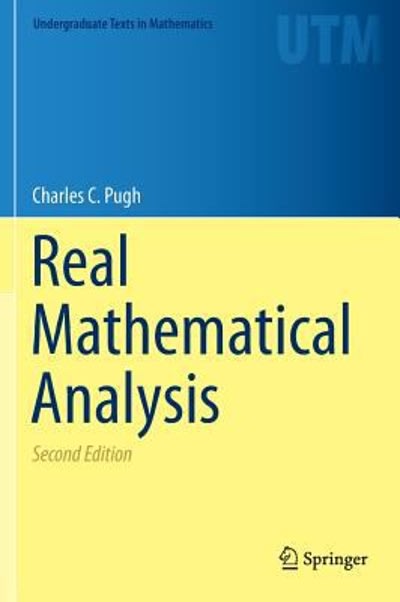Question
Question 1 You have a study where you have collected data from 4 separate groups. What is the maximum number of pairwise between-group comparisons you


Question 1
You have a study where you have collected data from 4 separate groups. What is the maximum number of pairwise between-group comparisons you can make in this study? Your answer should be an integer (no decimal)
Blank # 1
Question 2
You run a one-way ANOVA to compare mean heights across 6 different groups, finding an overall p-value of p=0.034. What new (Bonferroni-corrected) significance threshold should be used for post hoc pairwise comparisons, to determine which of the 6 groups actually differ? Round to 3 decimal places and include the leading 0 (for example, enter 0.045, not .045).
Blank # 1
Question 3
You collect body mass index data on subjects enrolled in three separate universities in the city. To analyze your data with a parametric test, you would use a _____________.
Group of answer choices
one-way ANOVA
Friedman's test
Kruskal-Wallis test
repeated measures ANOVA
Question 4
You collect income data from households in Memphis, Nashville, and Little Rock. To analyze your data with a parametric test, you would use a ________________.
Group of answer choices
one-way ANOVA
Friedman's test
Kruskal-Wallis ANOVA
repeated measures ANOVA
Question 5
You collect GPA data from samples of students from 5 different colleges at the university. To analyze your data with a parametric test, you would use a _____________.
Group of answer choices
one-way ANOVA
Friedman's test
Kruskal-Wallis ANOVA
repeated measures ANOVA
Question 6
You collect income data from households in Memphis, Nashville, and Little Rock. To analyze your data with a non-parametric test, you would use a ________________.
Group of answer choices
one-way ANOVA
Friedman's test
Kruskal-Wallis ANOVA
repeated measures ANOVA
Question 7


Step by Step Solution
There are 3 Steps involved in it
Step: 1

Get Instant Access to Expert-Tailored Solutions
See step-by-step solutions with expert insights and AI powered tools for academic success
Step: 2

Step: 3

Ace Your Homework with AI
Get the answers you need in no time with our AI-driven, step-by-step assistance
Get Started


